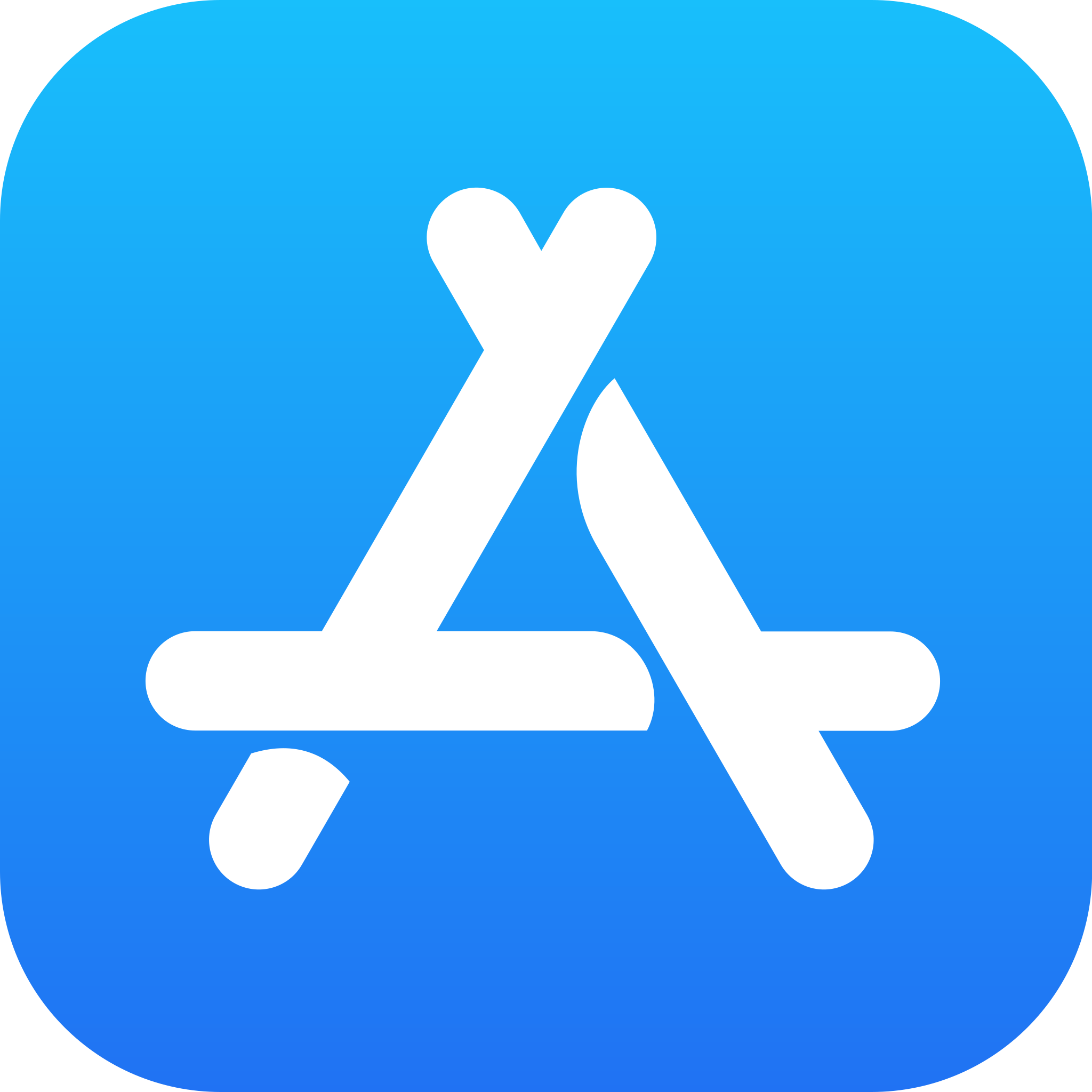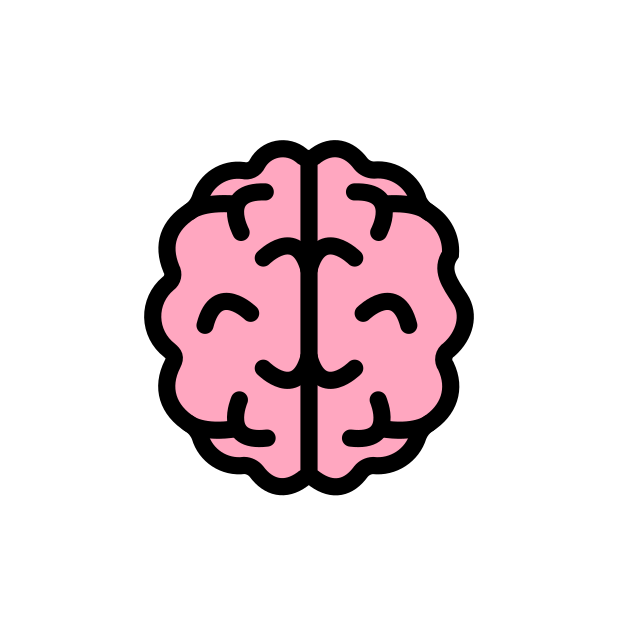Video to Text (GPT-4 Vision)
A cutting-edge tool that transforms video content into descriptive text using AI-powered analysis.
Overview
Video to Text (GPT-4 Vision) is an innovative automation tool that leverages the advanced capabilities of OpenAI's GPT-4 model with vision features to analyze video footage and generate a comprehensive text description. It intelligently processes video by selecting key frames, encoding them, and using a sophisticated AI to interpret the visual data. The tool is designed to understand context through a user-provided prompt, ensuring that the resulting text is relevant and insightful.
Use cases
Use cases for Video to Text (GPT-4 Vision) range from creating video summaries for educational purposes, generating descriptive content for visually impaired users, to aiding in digital marketing by crafting video descriptions for online platforms. It can also be used in surveillance to provide textual reports of recorded footage, or in media production to draft scripts based on raw video content.
Benefits
The primary benefits of this tool include the ability to quickly convert visual information into text, making content more accessible and easier to understand. It enhances productivity by automating the summary process and provides a unique way to repurpose video content for different media. The AI's ability to interpret and describe complex visual scenes can also assist in content creation, documentation, and digital asset management.
How it works
The tool works by taking a video URL as input and processing the video frame by frame. It uses OpenCV to encode selected frames into a JPG format, converting them into base64 strings for AI analysis. The AI, initialized with the user's OpenAI API key, receives the frames along with a prompt to guide the analysis. It then generates a text output that describes the video content within the specified token limit, providing a coherent narrative or summary based on the visual input.
Featured Templates
Templates
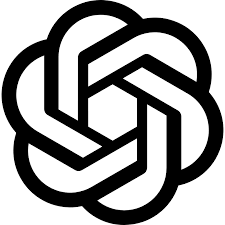
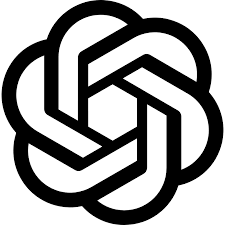







.png/267f7076-70f7-4e5b-b566-cc64939eb422.png)





.png/e14d3fc3-caf7-4cdf-8506-4e075aa15422.png)
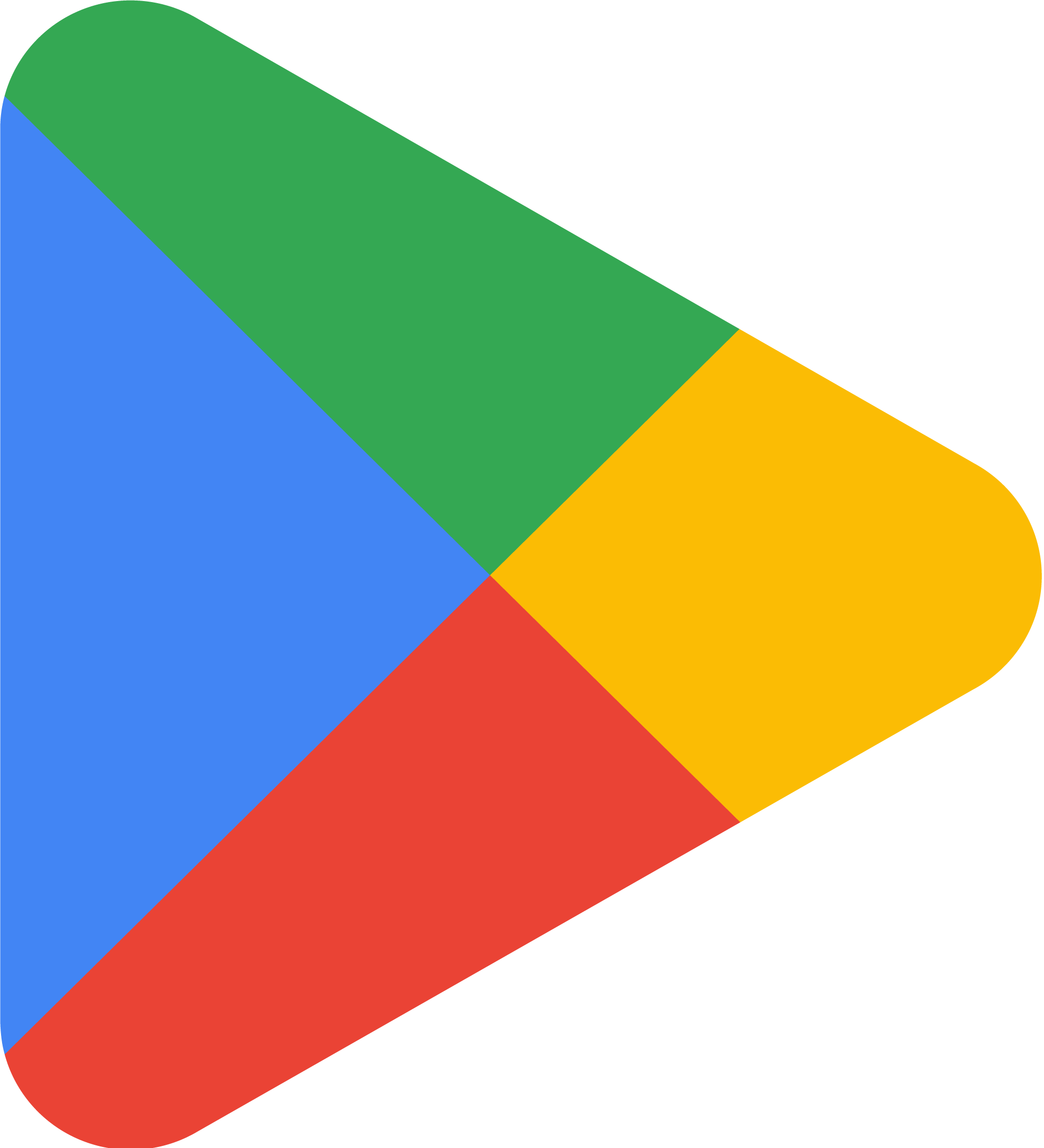
.png/948eba05-ea43-4392-b274-d1e9b2d7474a.png)








